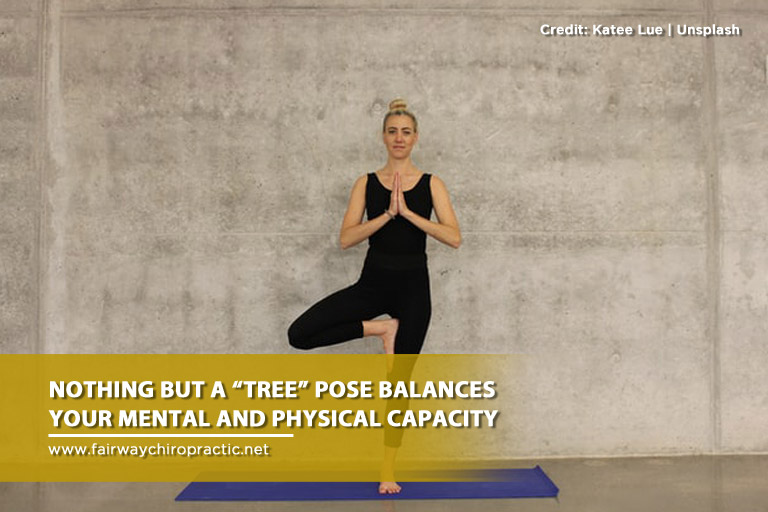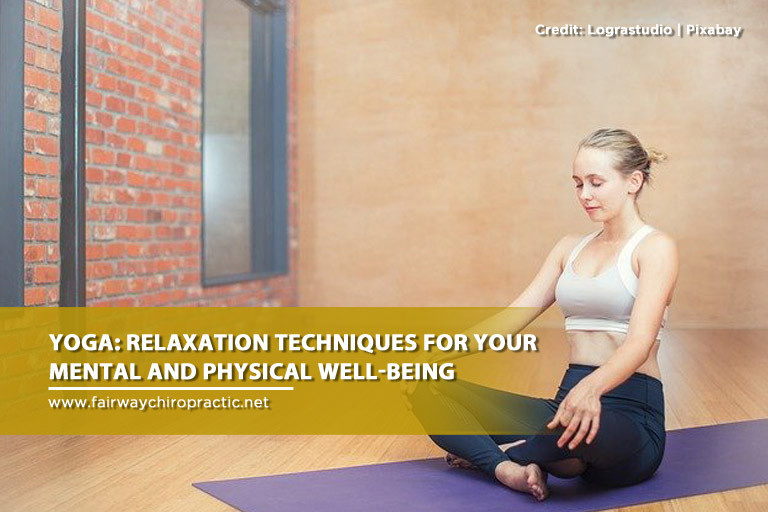Are you feeling stressed and emotionally drained? Do you just want to drop everything and take the time to unwind and relax? Why don’t you give yoga a try? Yoga poses will allow you to calm your senses while you flex and stretch those tired, achy muscles.
Yoga is a popular form of physical and mental discipline. It does more than tone muscles and burn fats. It is an excellent practice for those seeking to enhance their vitality and flexibility, bolster muscles, and calm their entire being.
How Does Yoga Work?
Yoga originated in India. Its primary aim is to reach kaivalya (ultimate freedom). While it is often associated with spirituality, you don’t need to practice any religion to perform it. Proponents of yoga attest that the practice has allowed them to achieve a sense of balance in their daily lives while keeping them fit.
Yoga is a complete mental and physical workout. Contrary to popular belief, yoga is not composed solely of stretching exercises. This workout combines stretching and strength training with breathing exercises and meditation. Together, these can offer various advantages including relief from chronic pain, reduced symptoms of arthritis, improved heart health, better sleep quality, and stress management.
Yoga Poses and Their Benefits
Did you know there are more than 100 different yoga poses and forms? Each pose targets specific areas of your body, allowing you to address specific problems. Below are some of the most common yoga poses and their benefits:

- Child Pose (Balasana) – This is a resting pose used to alleviate back, neck, and hip strain.
Avoid this pose if you are/have:
-
- Diarrhea
- Knee injury (with supervision from a professional)
- Pregnant
- Bridge (Bandha Sarvangasana) – This strengthens the spine, improves spinal flexibility, opens the chest, and stimulates the thyroid. It’s best for stress relief, anxiety, and insomnia.
Avoid this pose if you have:
-
- Neck injury
- Difficulty in supporting the pelvis when moving the body away from the floor.

- Easy Pose (Sukhasana) – This helps ease menstrual cramps and/or pain, strengthens the back, stretches the knees and ankles, and lowers anxiety levels.
Avoid this pose if you have:
-
- Knee injury
- Downward Dog (Adho Mukha Svanasana) – One of the most well-known yoga poses. It elongates the spine, strengthens the arms, stretches the hamstrings, and helps send oxygen to the brain, removing any toxins.
Avoid this pose if you are/have:
-
- Diarrhea
- Carpal Tunnel Syndrome
- High blood pressure
- Pregnant
- Four-Limbed Staff (Chaturanga) – One of the positions in the Sun Salutation sequence. This strengthens your wrists, abdomen, and arms. It’s a great preparation pose for more challenging yoga postures.
Avoid this pose if you are/have:
-
- PregnantCarpal
- Tunnel Syndrome
- Chair (Utkatasana) – This pose helps strengthen your hip, calves, back, and ankles. It also tones your leg muscles and stretches your shoulders and chest while stimulating the diaphragm, heart, and other vital organs.
Avoid this pose if you have:
-
- Hypotension
- Insomnia
- Headache

- Tree (Vrksasana) – Since you need to stand on one leg, this can be a challenging pose. However, it’s something you shouldn’t skip out on since it increases body and mind awareness, develops balance, strengthens the ankles and calves, and accentuates the muscles in the abdomen. It can also be used as therapy for those with sciatica.
Avoid this pose if you have:
-
- Hypertension
- Headache
- Hypotension
- Insomnia
- Crow (Bakasana) – This yoga pose strengthens the abdomen, forearms, and wrists while stretching the hamstring. It tones the abdominal wall, opens the groin, and builds focus and endurance. The key to perfecting this pose is balance.
Avoid this pose if you are/have:
-
- Pregnant
- Carpal Tunnel Syndrome
- Hypertension
- Boat (Navasana) – This yoga pose needs you to sit on your tailbone, which can be challenging. However, it will allow you to strengthen your abdominal and core muscles, improve digestion, relieve stress, and stimulate the kidney and intestines.
Avoid this pose if you are/have:
-
- Insomnia
- Asthma
- Hypotension
- Menstruation
- Heart problems
- Pregnant

- King Dancer (Natarajasana) – This pose strengthens your legs and boosts your core strength and balance. It aids in weight loss, strengthens your ankles, legs, thorax, and hips. If done regularly, it can improve your balance.
Avoid this pose if you are:
-
- Hypotensive
- Pregnant
Can I Do Yoga If I Have a Health Condition?
The simple answer is: Yes. However, the type of poses you do and how often you should do them depends on your condition.
If you are pregnant or have hypertension, heart problems, or diabetes, consult first with your doctor and/or physiotherapist prior to doing any yoga exercise. There may be postures you need to avoid (perhaps ones that require more balance). You may also need to undergo endurance training (like swimming, brisk walking, or biking) to help you ease into yoga.
When you receive the green light from your healthcare provider or physiotherapist, start with subtle yoga poses paired with light aerobic fitness, such as walking or biking.
If you have arthritis, yoga can help you stay strong and flexible without putting too much pressure on your joints.
Yoga can also help pregnant women to relax, stay in shape, and be strong. If you have pregnancy-related health concerns and are new to yoga, consult with your doctor and learn from professional instructors with experience in parental yoga. As your baby grows, so does your belly. Your centre of gravity shifts along with this change. You should avoid poses that require you to lie on your back after your first trimester. Additionally, don’t do too much stretching. You have a higher risk of injuring yourself since pregnancy hormones tend to loosen up joints. You should also avoid exercising in rooms with extremely high temperatures.
How Do I Start With Yoga?

Typical yoga sessions often range between 45 minutes to 1 hour. A wide variety of options are available, from beginner classes to advanced classes. The majority of instructors also offer alternatives if you don’t want to do challenging poses.
If your schedule is too hectic, you can do it at home. It is an ideal way to kick-off your fitness session. YouTube offers a myriad of videos that allow you to do yoga in the comfort of your own home or, if necessary, even while you’re travelling. There is yoga for relaxation, yoga for improving your mental well-being, and yoga for boosting energy.
How Frequently Should I Do Yoga?
Doing yoga does not require much time. Your yoga sessions can last for as long as you want them, whether it’s 10 minutes to an hour. Whichever you think works best and feels right, do it. Moreover, some experts believe that just a few minutes of yoga a day can boost your energy and mood. You will achieve a sense of tranquillity with just a tiny slice of your time.
Yoga is a lifelong effort. When you start doing postures on your mat, you’re not just doing basic stretches. You’re building up your body and mind which can have a positive effect on your life.
The benefits of yoga are multifold. To get the most out of its physical benefits, taking care of your body and posture is a must. Fairway Chiropractic Centre offers a wide variety of chiropractic services that help improve your mind and body awareness, as well as the overall quality of life. They can also offer sound advice on various exercises that suit your needs. Call us at 519) 748-5535 to know more or visit our contact page to schedule an appointment.











